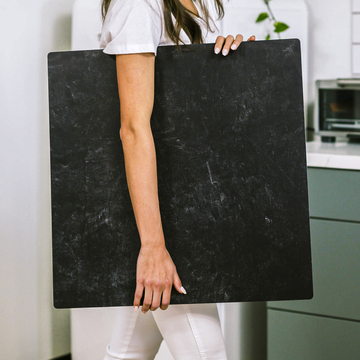As a professional food photographer with over a decade of experience, I've learned that creating mouth-watering food images goes far beyond just good plating and natural light. Today, I'm pulling back the curtain on some lesser-known techniques that can transform your food photography from exceptional.
The Magic of Light and Texture
Have you ever wondered why some food photos seem to have an almost magical glow? The secret often lies in understanding how light interacts with food at a microscopic level. Let me share one of my favorite professional tricks.
The Gellan Gum Game-Changer
Remember those stunning magazine shots of dewy fruits that look almost too perfect? Here's the insider secret: a technique I call the "invisible enhancer." By applying a tiny amount of low-acyl gellan gum solution (just 0.1-0.2% mixed with warm water), you create an almost invisible layer that makes light dance across your subject in the most appealing way.
Temperature: Your Secret Weapon
Forget dropping ice cubes in drinks for that "fresh" look. Let me introduce you to a more sophisticated approach - the Temperature Gradient Method.
I've discovered that maintaining the bottom of your dish at 45°F while keeping the top at room temperature creates the most natural-looking condensation patterns you've ever seen. This technique is particularly stunning for:
- Craft cocktails
- Iced coffee shots
- Cold desserts
The Double-Diffusion Technique
Here's something that might surprise you: some of the most "natural-looking" light in food photography is actually carefully engineered. Here's how I achieve it:
- Set up two diffusion panels at 45-degree angles
- Position your main light to create intentional light patterns
- Watch as these patterns mimic natural window light
Camera Settings for Success
Let's get technical for a moment. Here are the exact settings I use to capture these effects:
- Aperture: f/2.8-f/4 for that gorgeous blur
- ISO: Keep it under 400 to preserve delicate textures
- Shutter Speed: At least 1/125 to capture every detail
- Focus Stacking: 3-5 shots for perfect depth
The Perfect Finishing Touch
Want to know how to make food look instantly fresher? Mix glycerin and water in a 3:1 ratio and apply it using an ultra-fine mister from 18 inches away. This creates a subtle enhancement that's invisible to the naked eye but photographs beautifully.
Remember: Great food photography is about enhancing what's already there, not creating something artificial. These techniques should be invisible to the viewer - they should just see beautiful, appetizing food.
Your Turn to Create
Now that I've shared some of my favorite professional secrets, I'd love to hear about your experiences. Have you tried any of these techniques? Do you have your own special tricks for making food look its best? Share your thoughts in the comments below!


